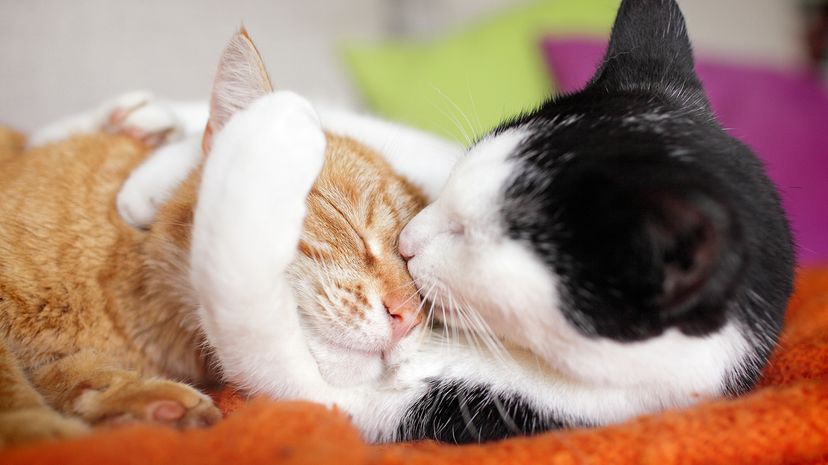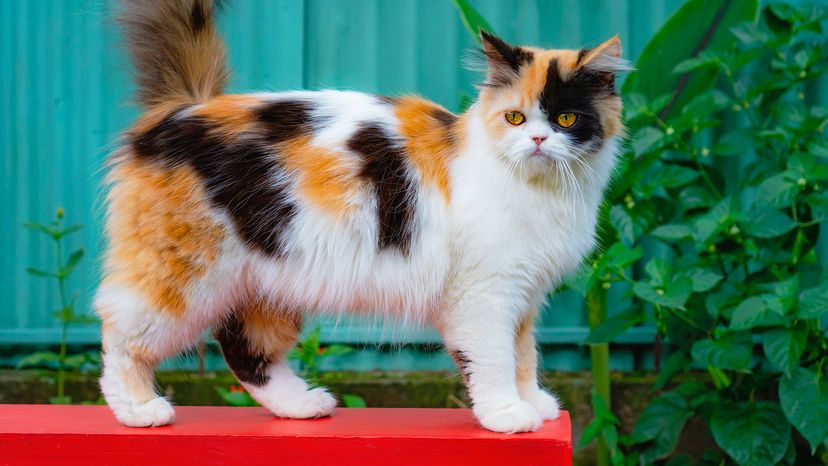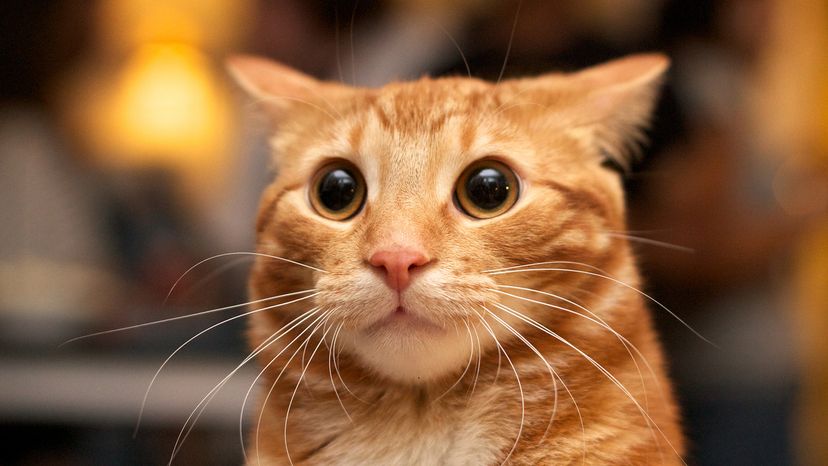Neutered male cats are less likely to roam or engage in territorial spraying with other cats — behaviors more commonly seen in intact male cats.
Spayed female cats are affectionate and calm, making them wonderful companions for quieter households. However, intact female cats can go into heat several times a year, which may lead to loud vocalizations and restlessness if not spayed.
Spaying and neutering not only prevent unwanted litters but also have health benefits for both male and female cats.
According to the American Veterinary Medical Association, spayed female cats are less likely to develop uterine infections or mammary tumors, while neutered male cats are at reduced risk for testicular cancer and prostate issues.
These procedures also help curb problematic behaviors, such as the aforementioned spraying in unneutered male cats or yowling in intact female cats.
For indoor cats, spaying or neutering is particularly important as it reduces stress and helps them adapt to living in close quarters with other pets. Whether you're considering male kittens or adopting a female, ensuring they are fixed will lead to a happier, healthier pet.
We created this article in conjunction with AI technology, then made sure it was fact-checked and edited by a HowStuffWorks editor.


